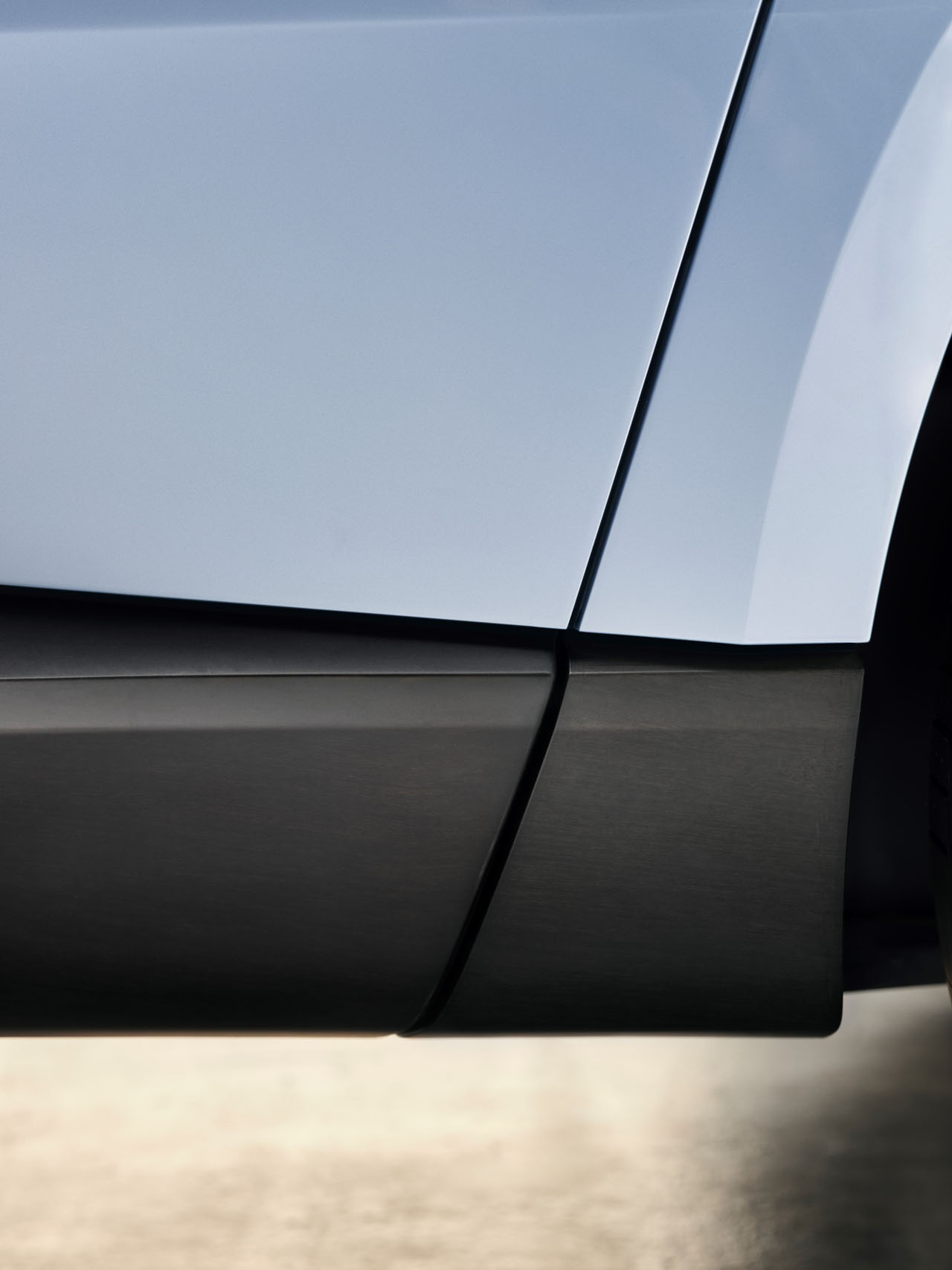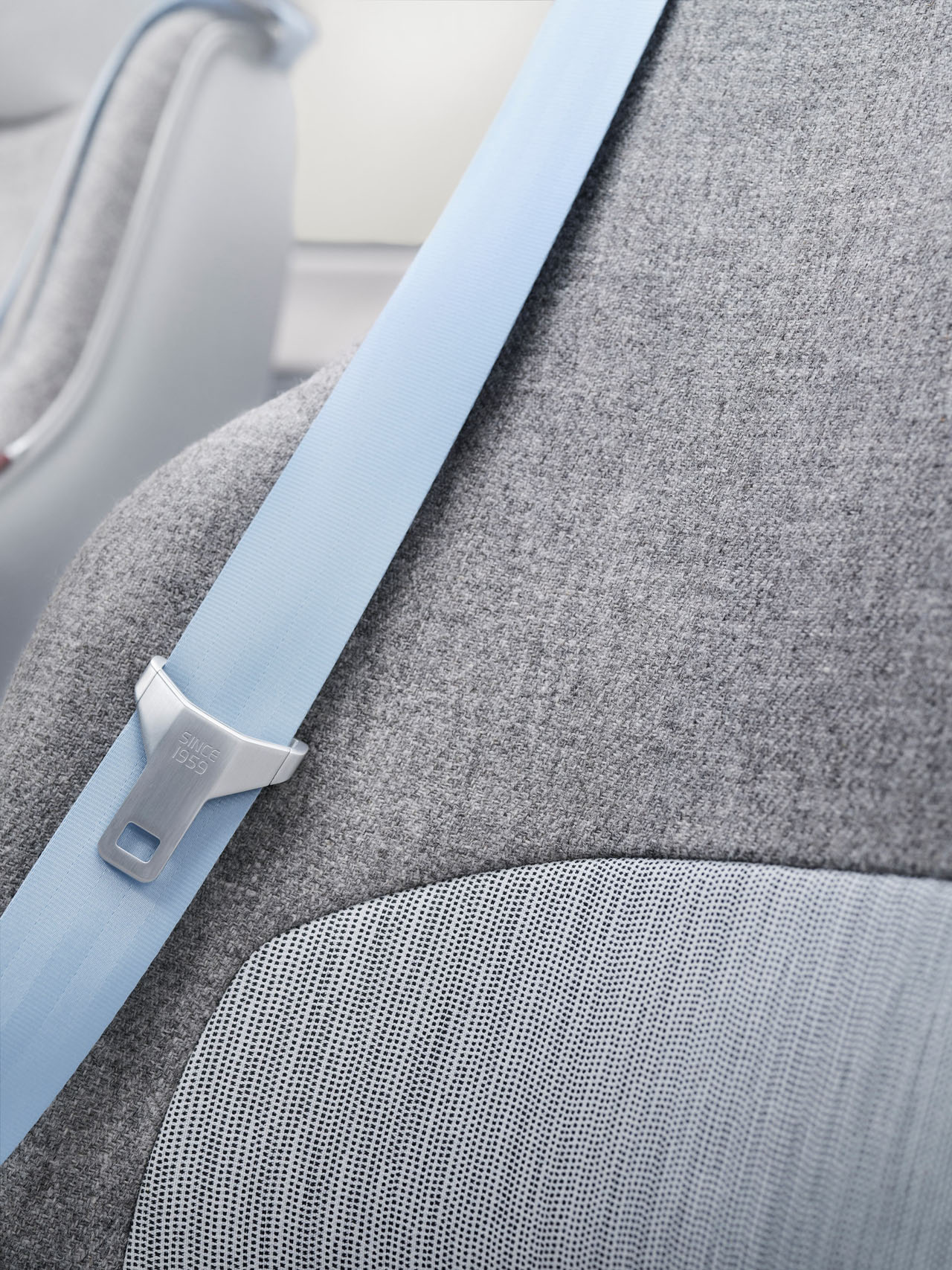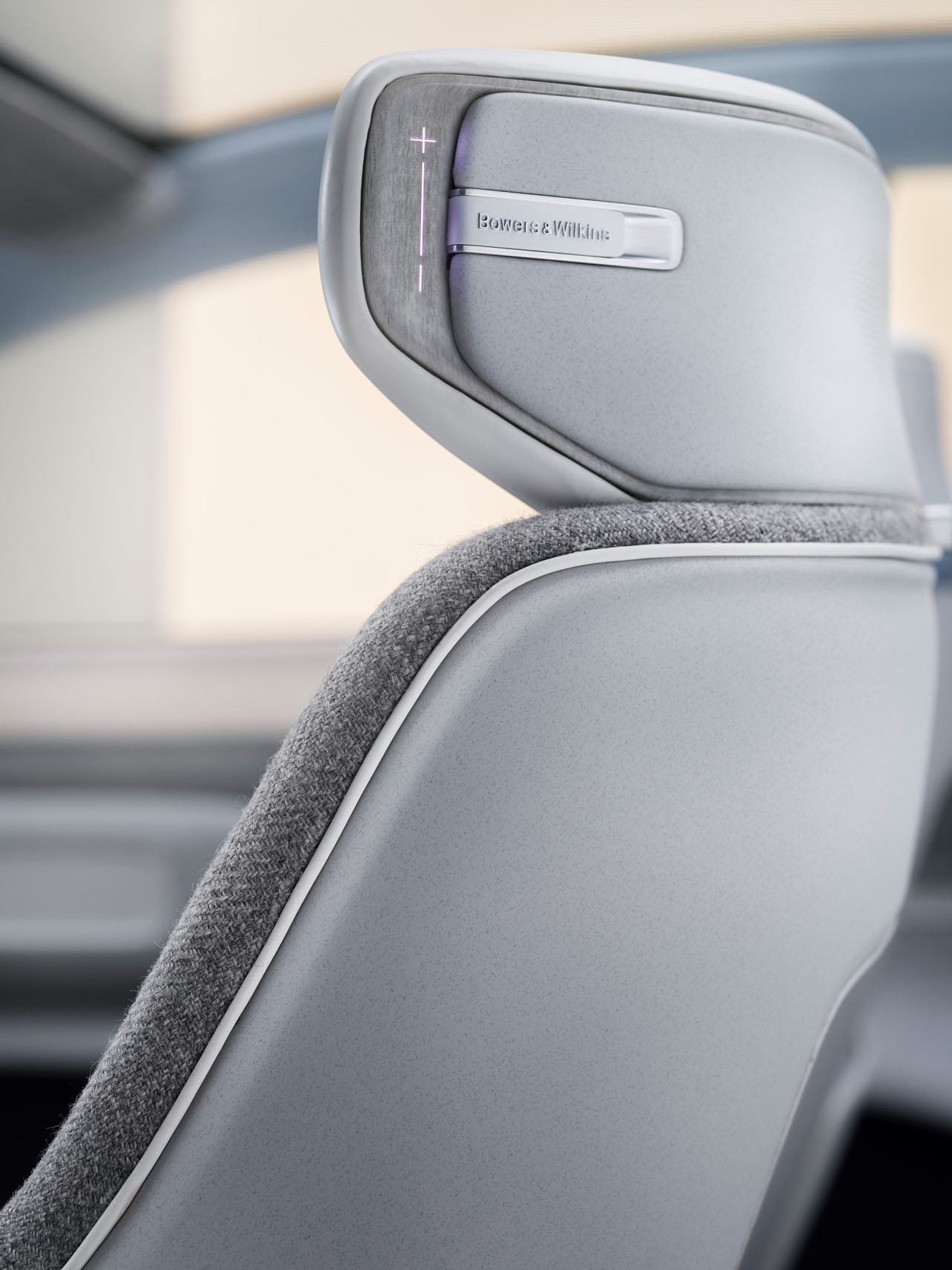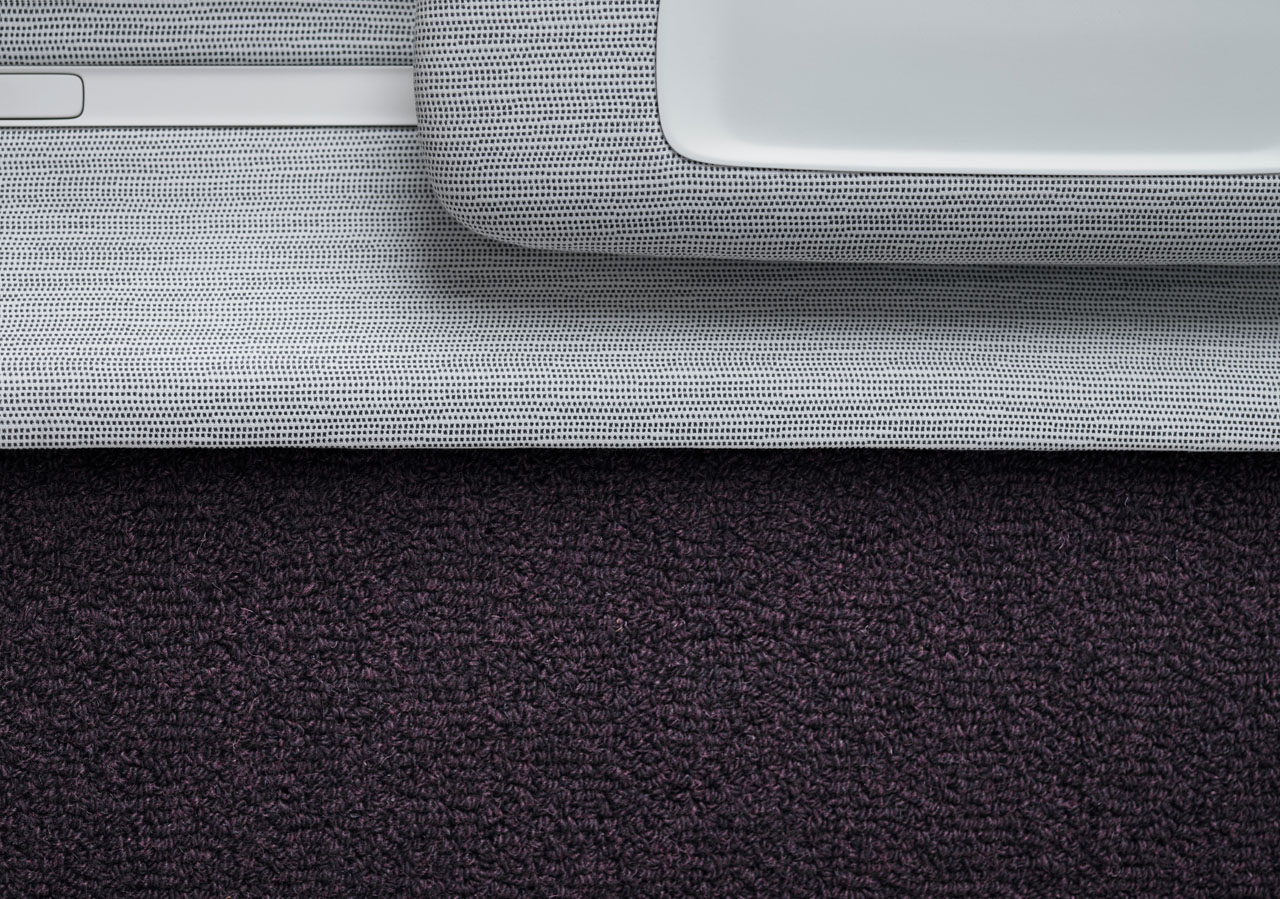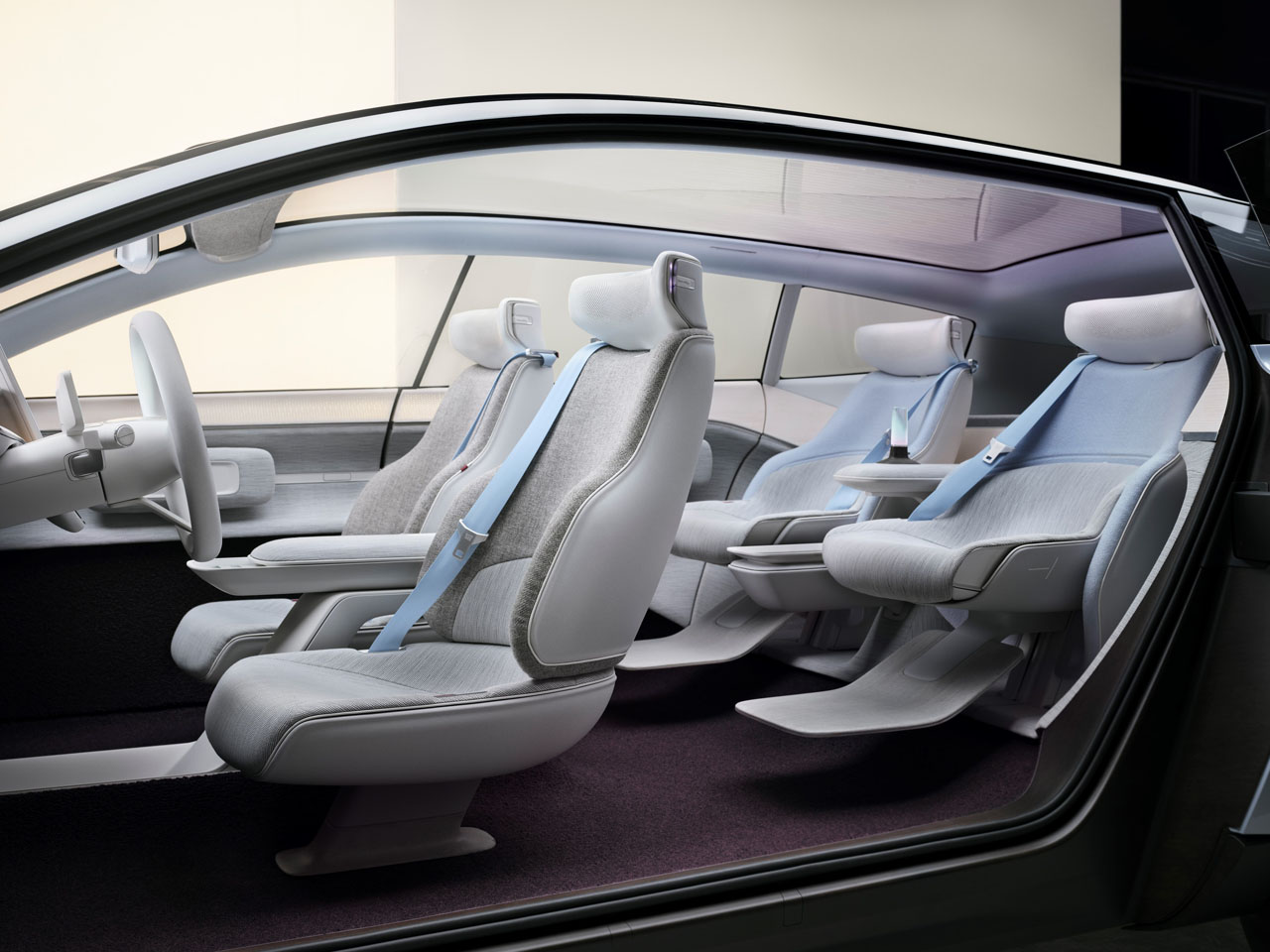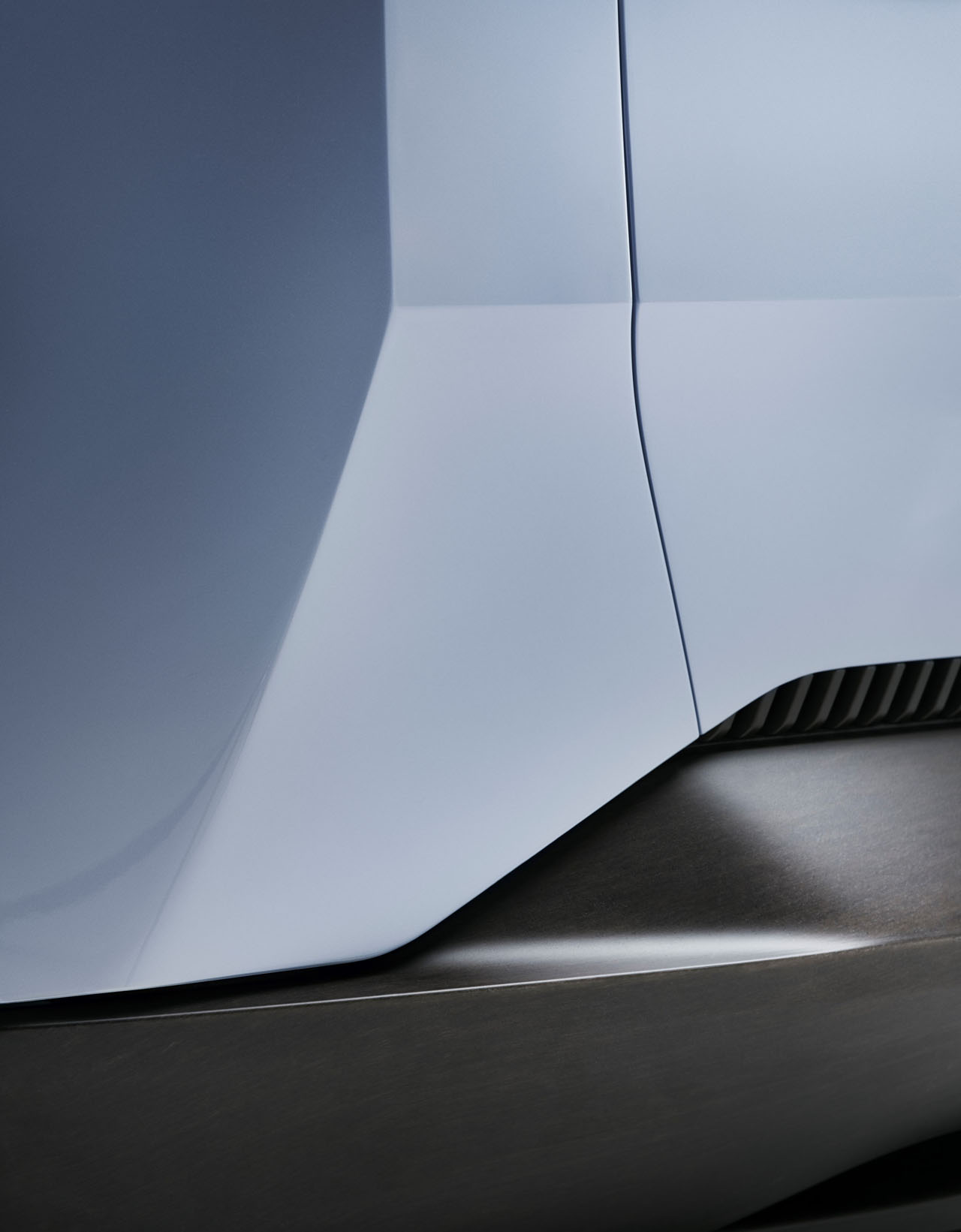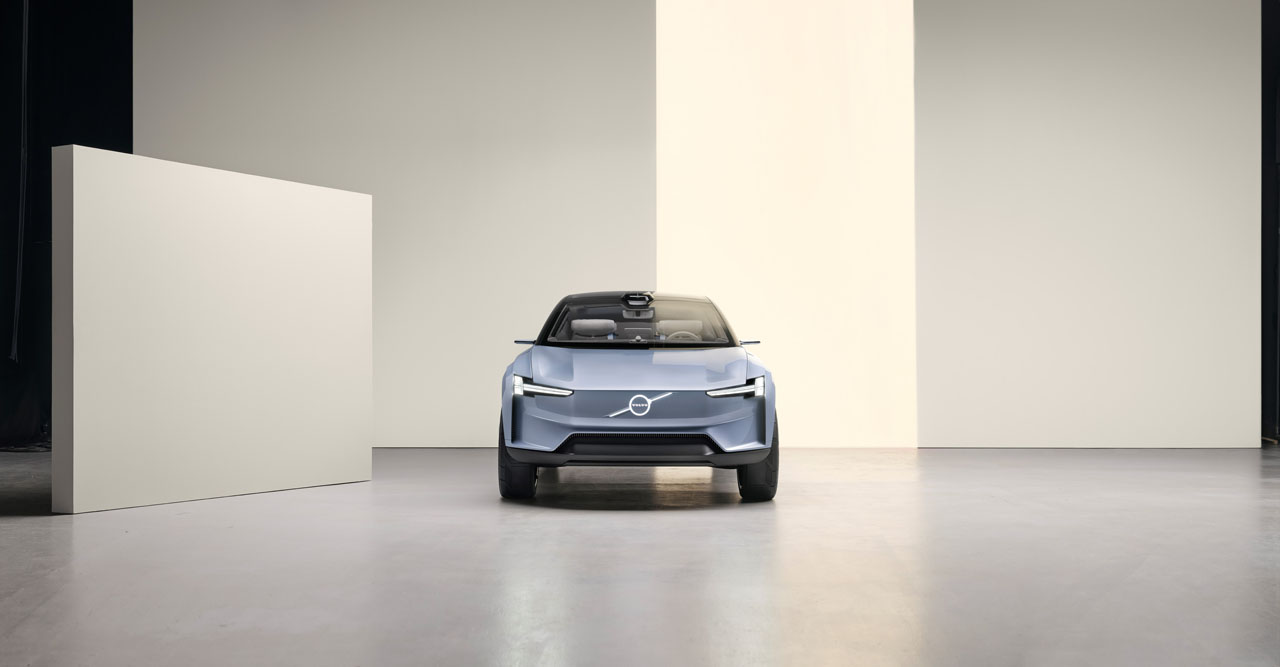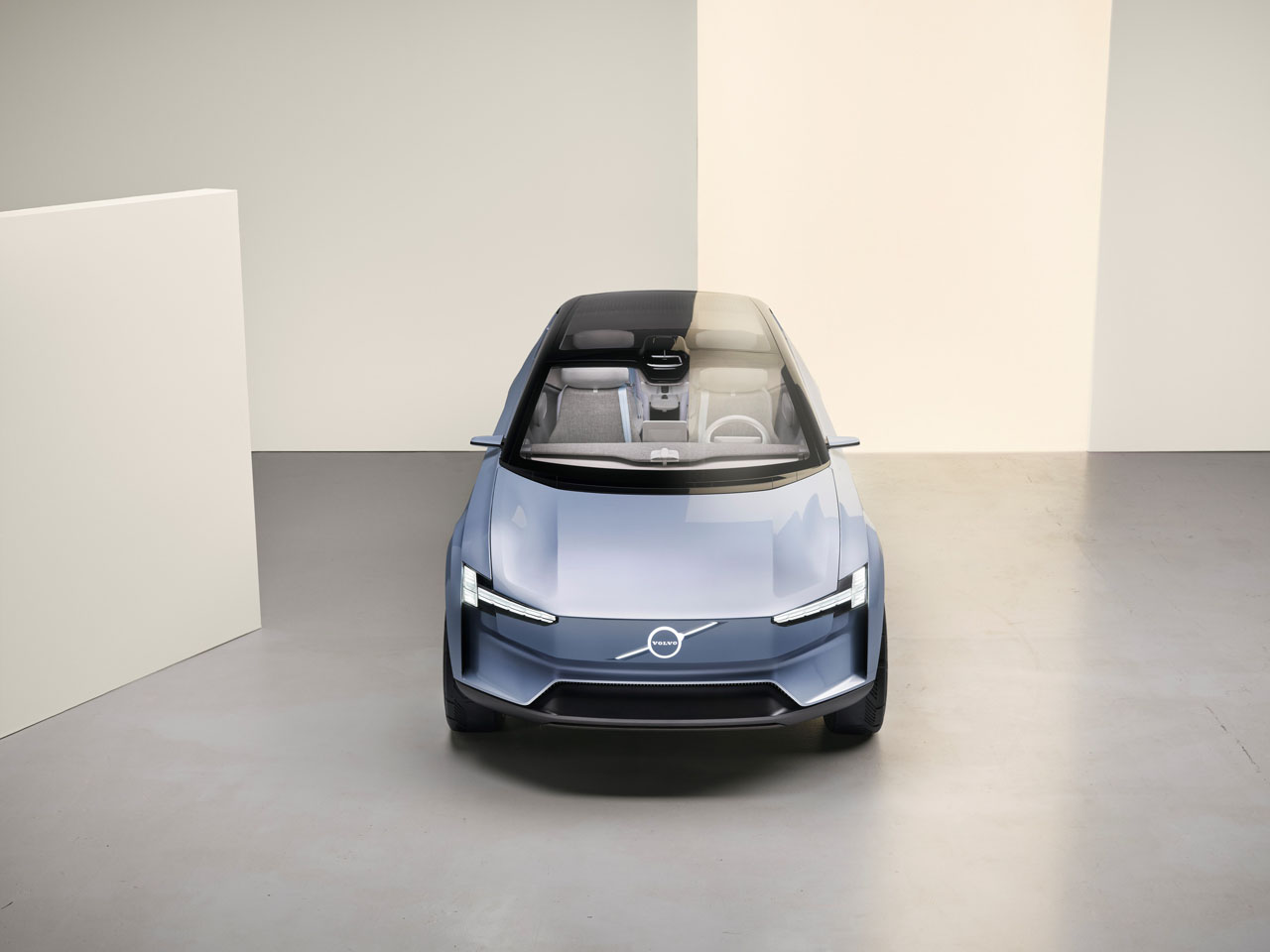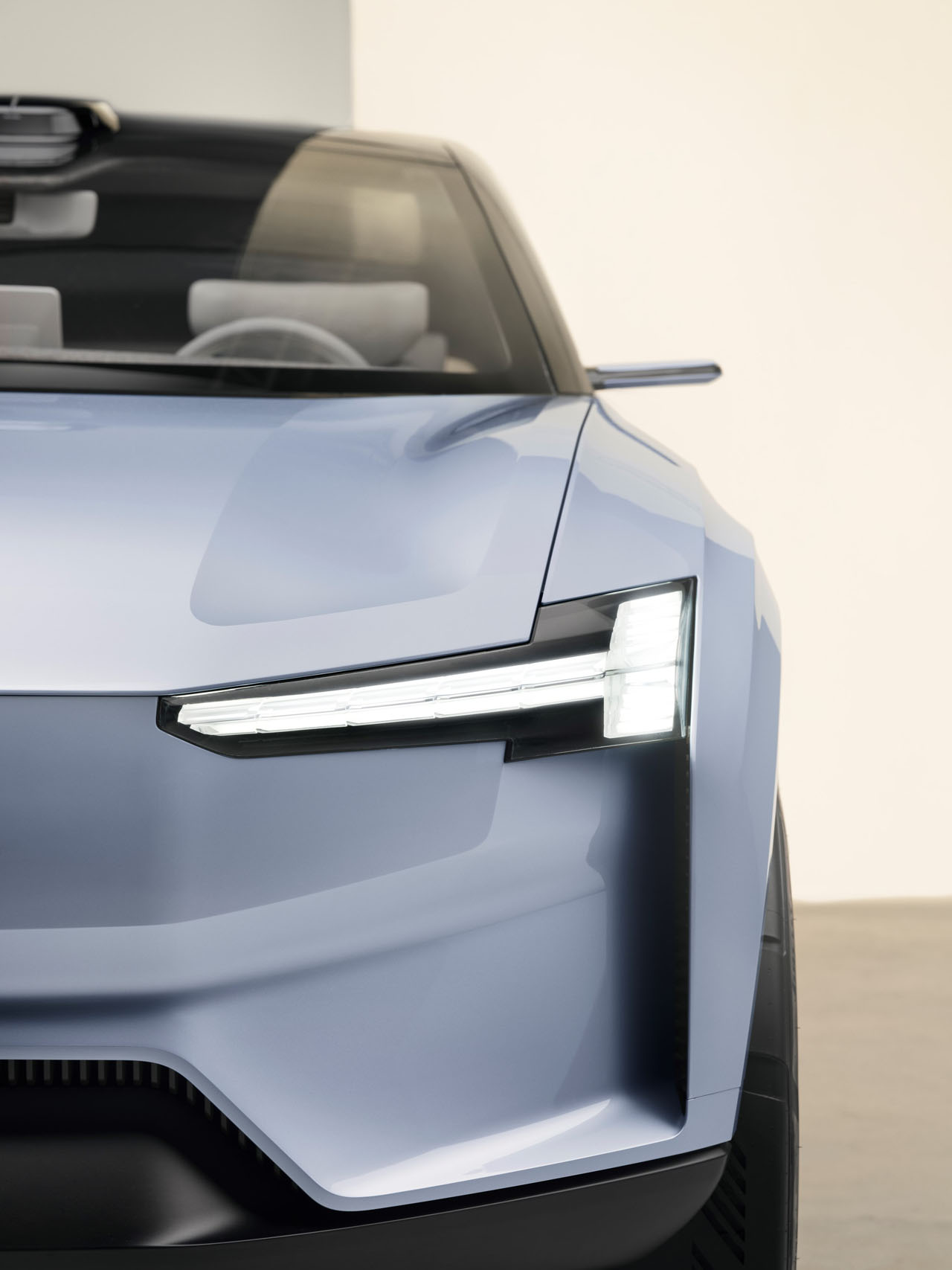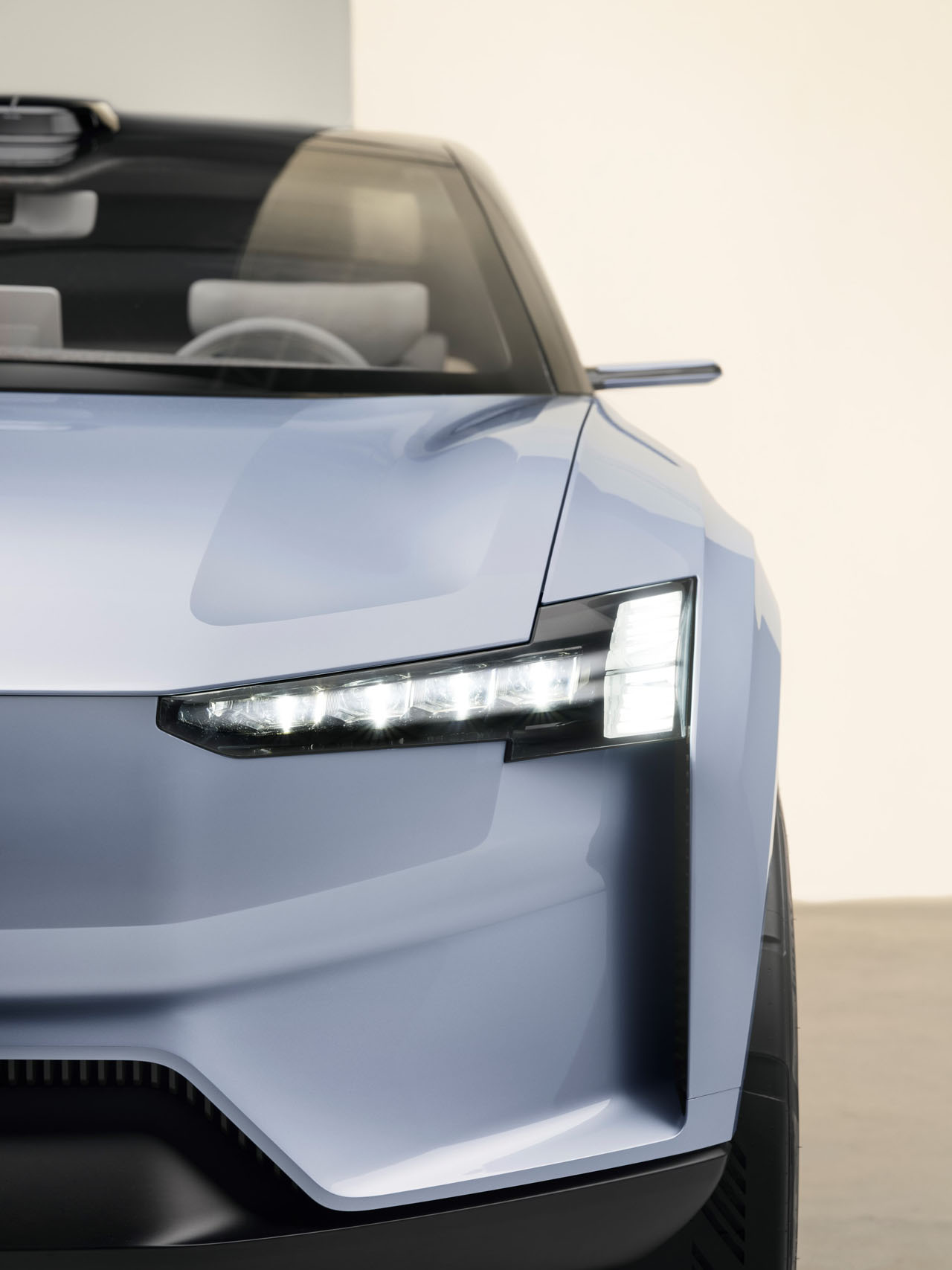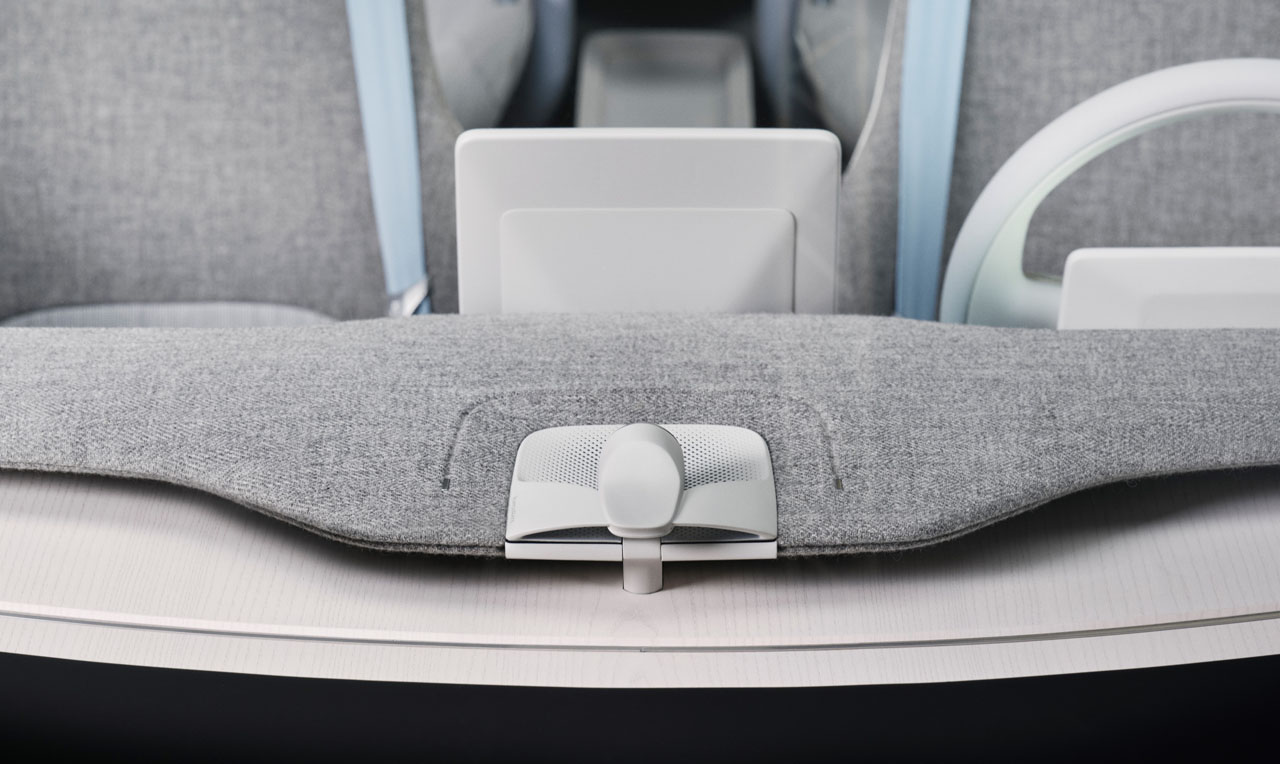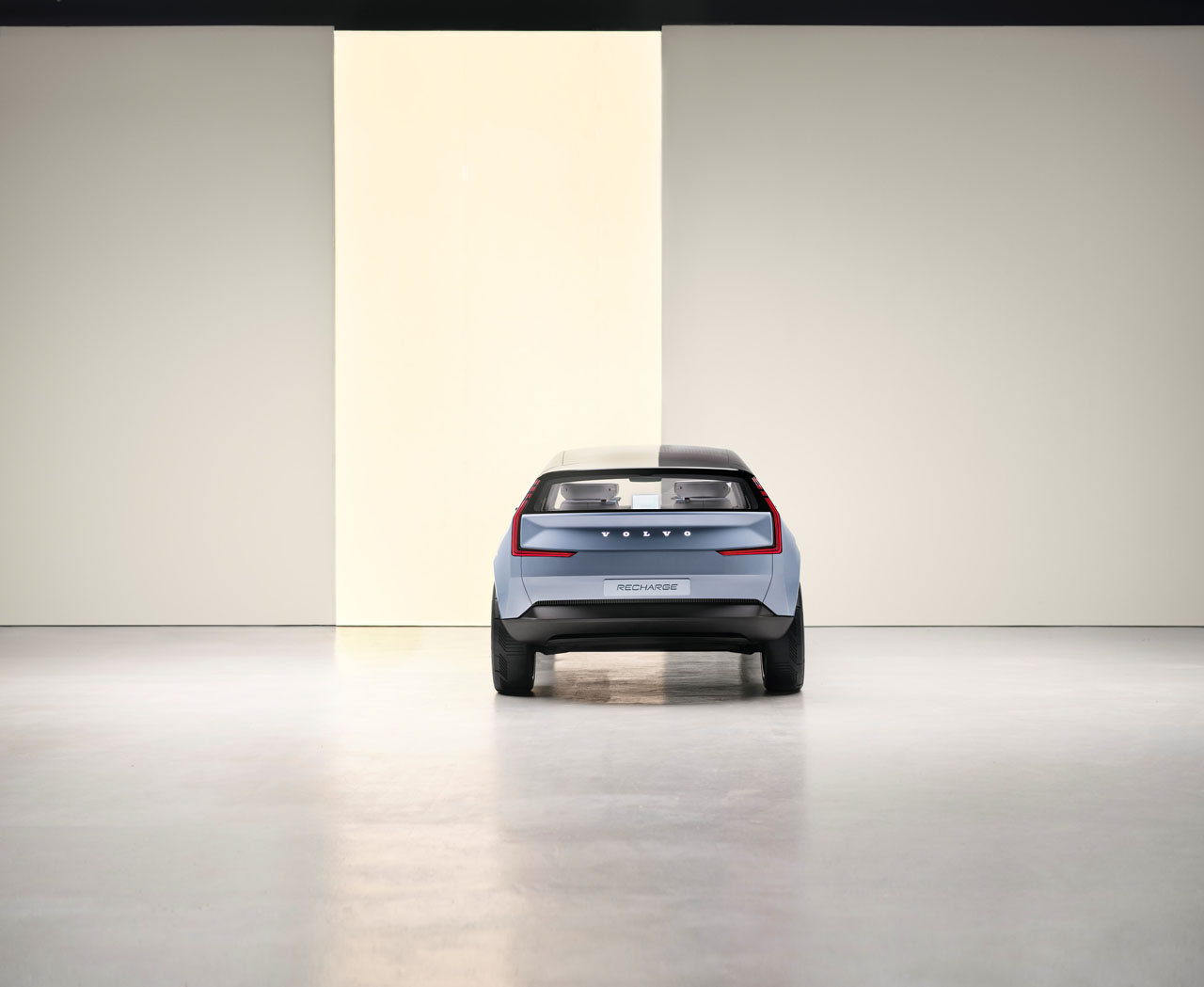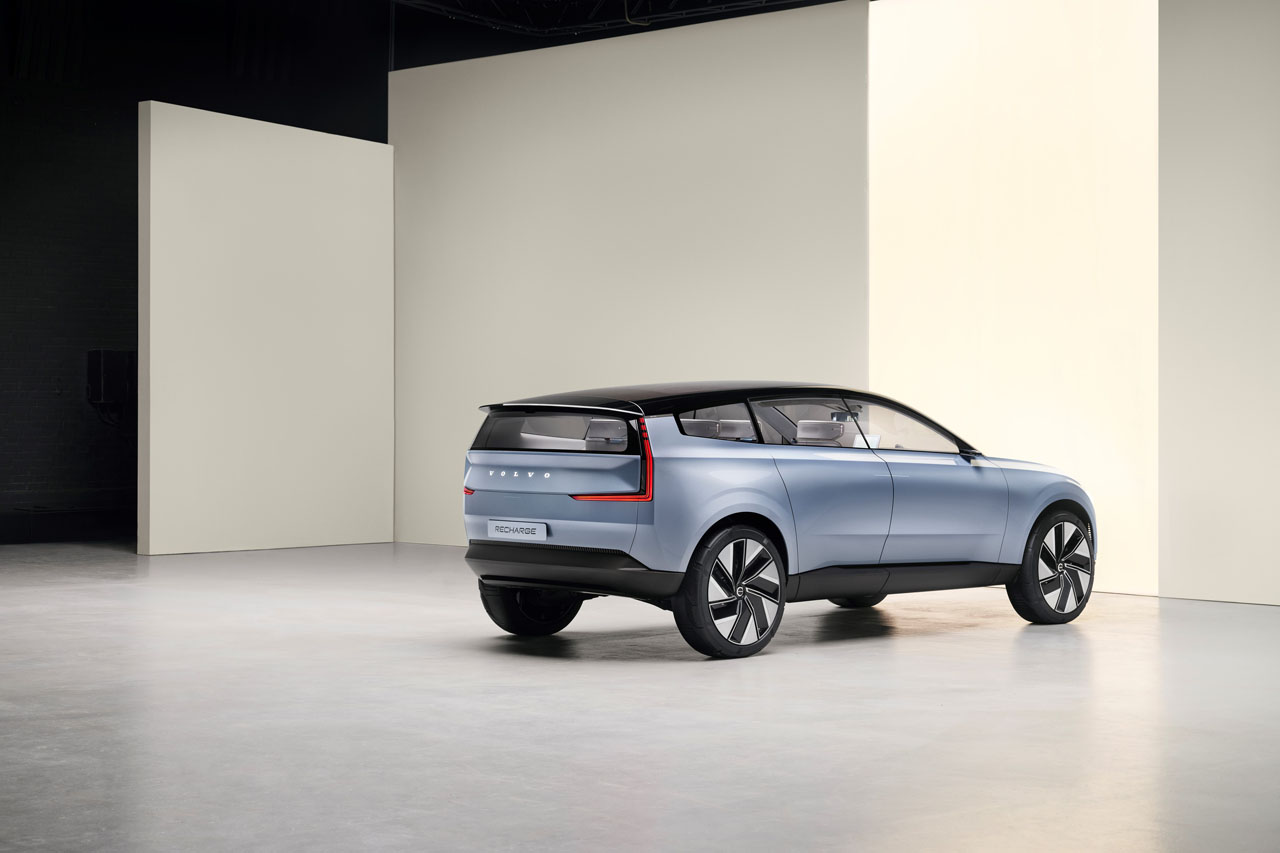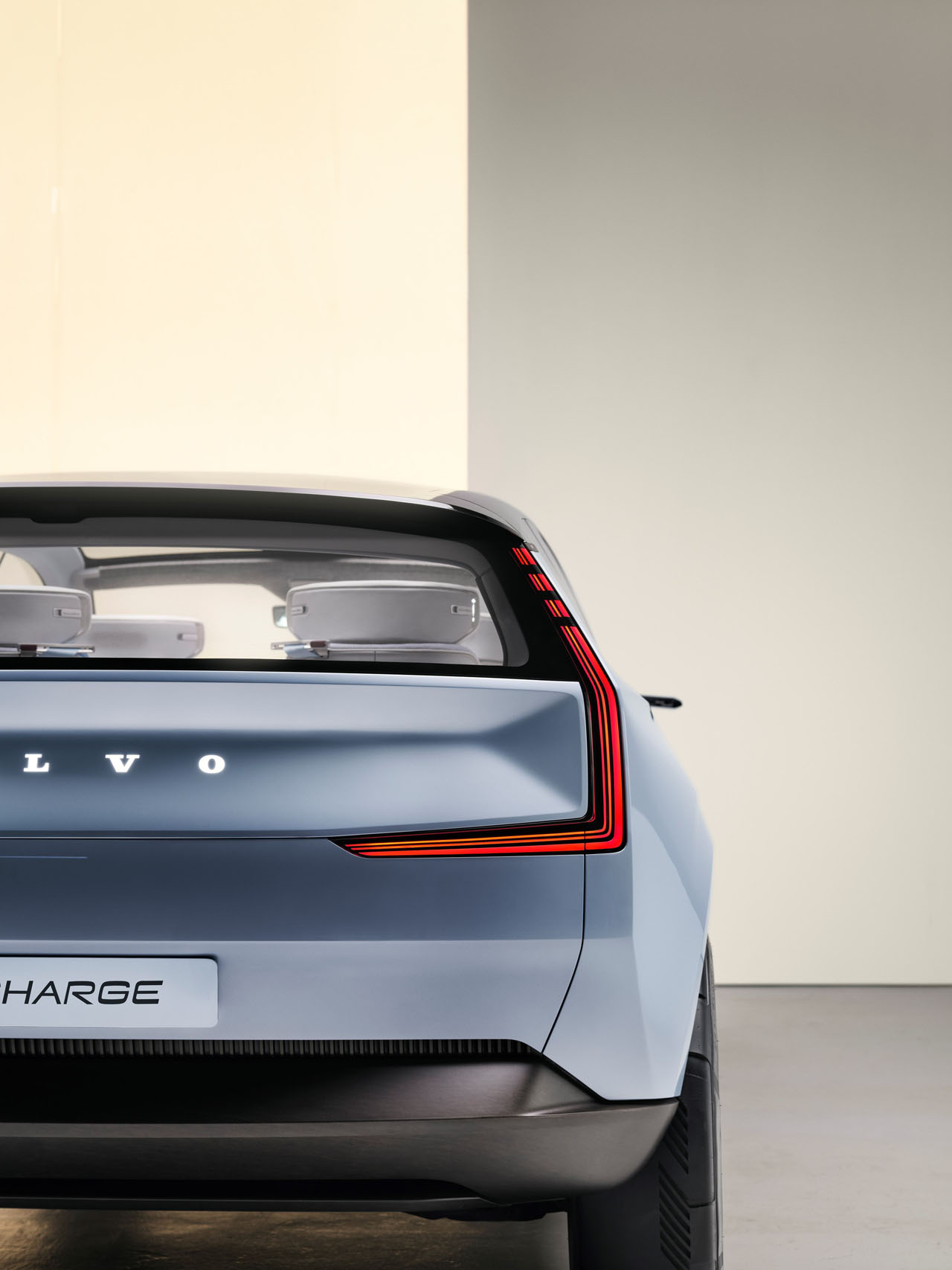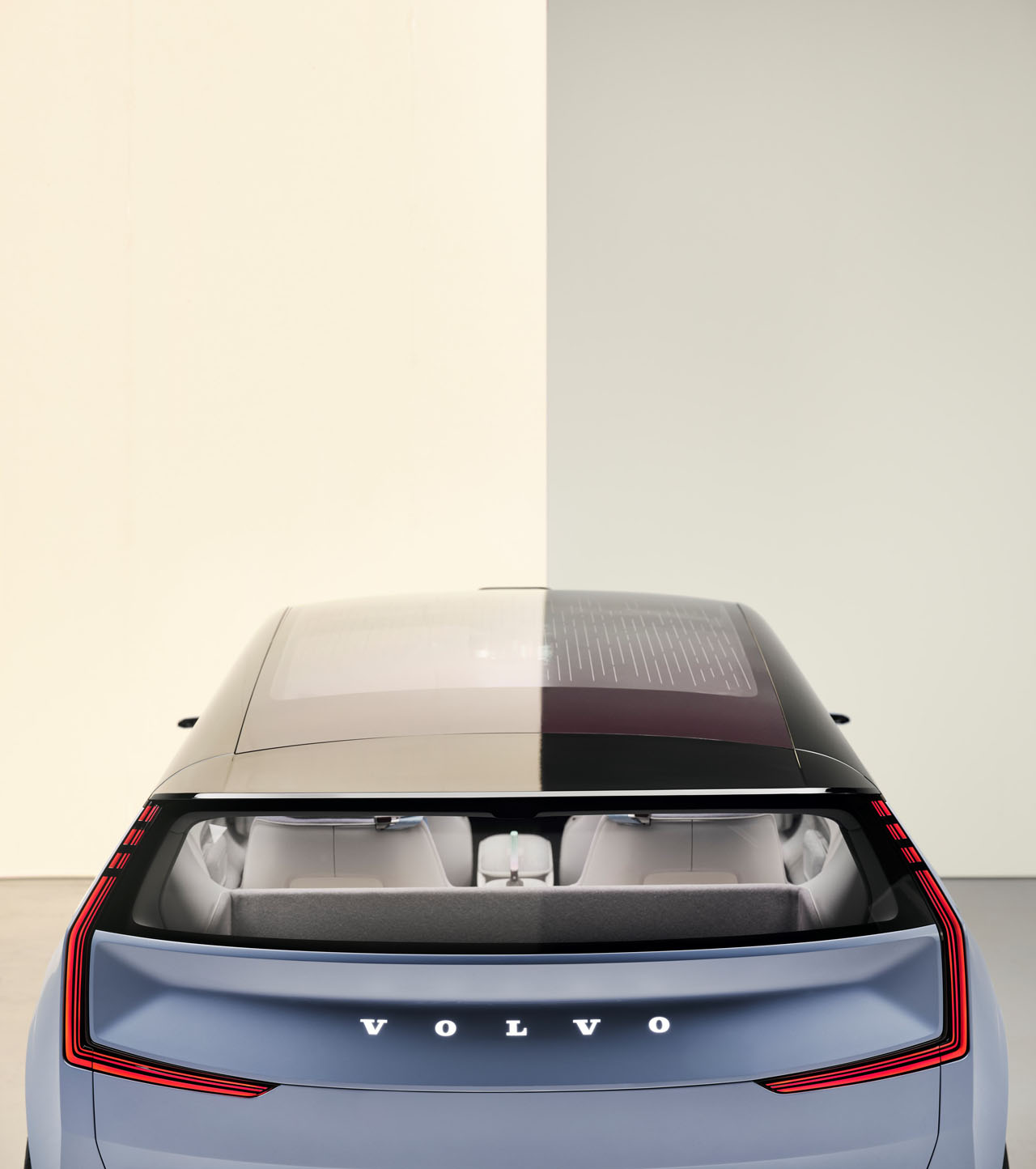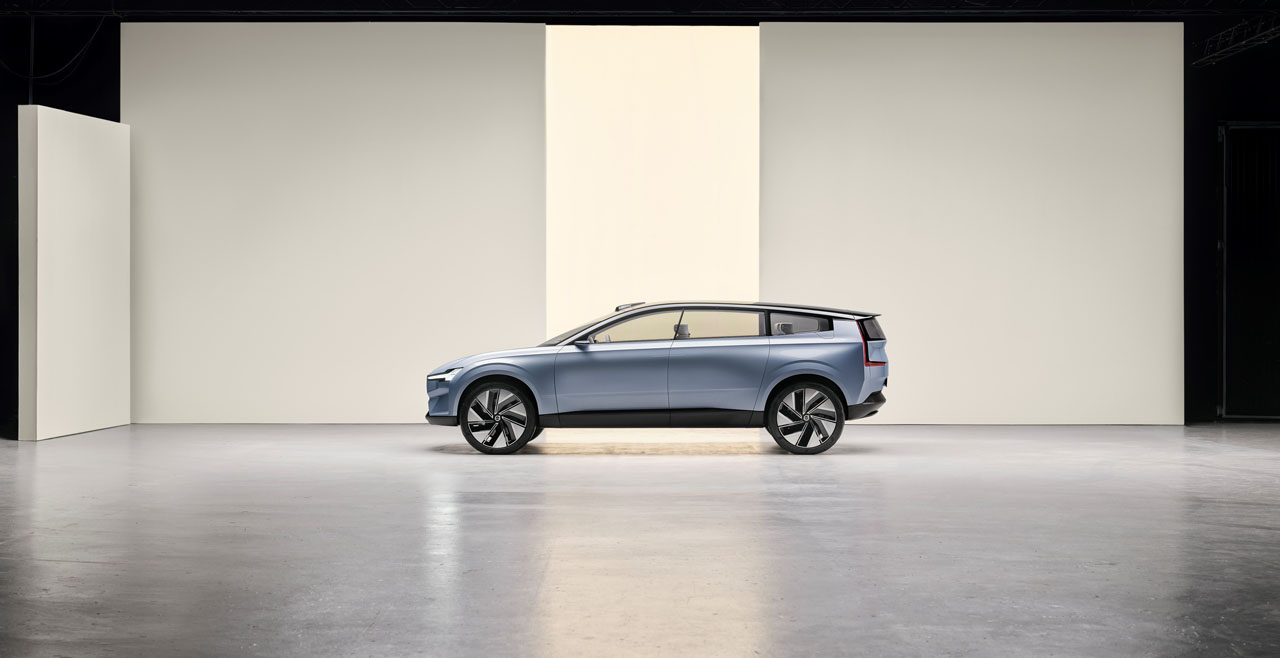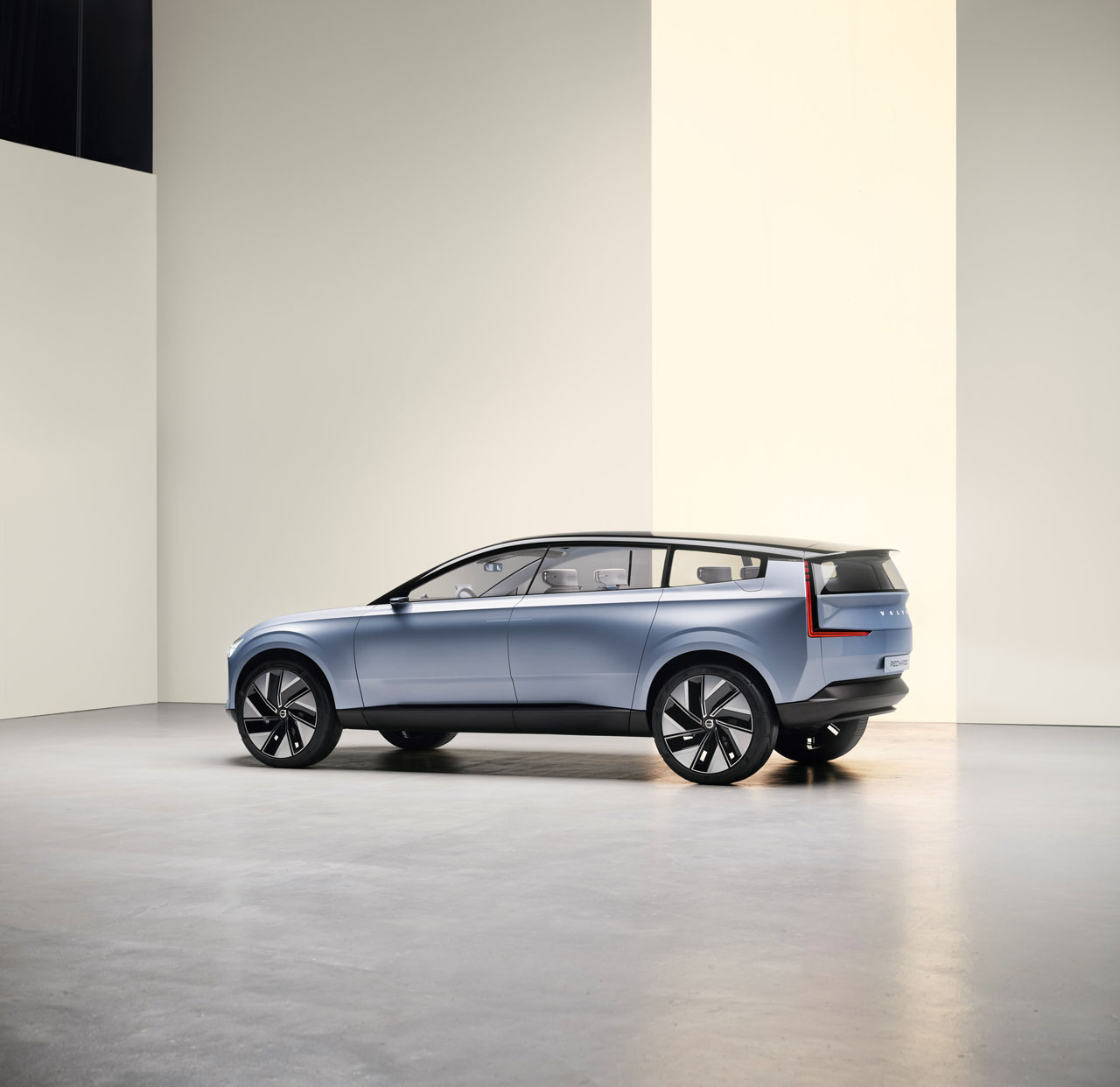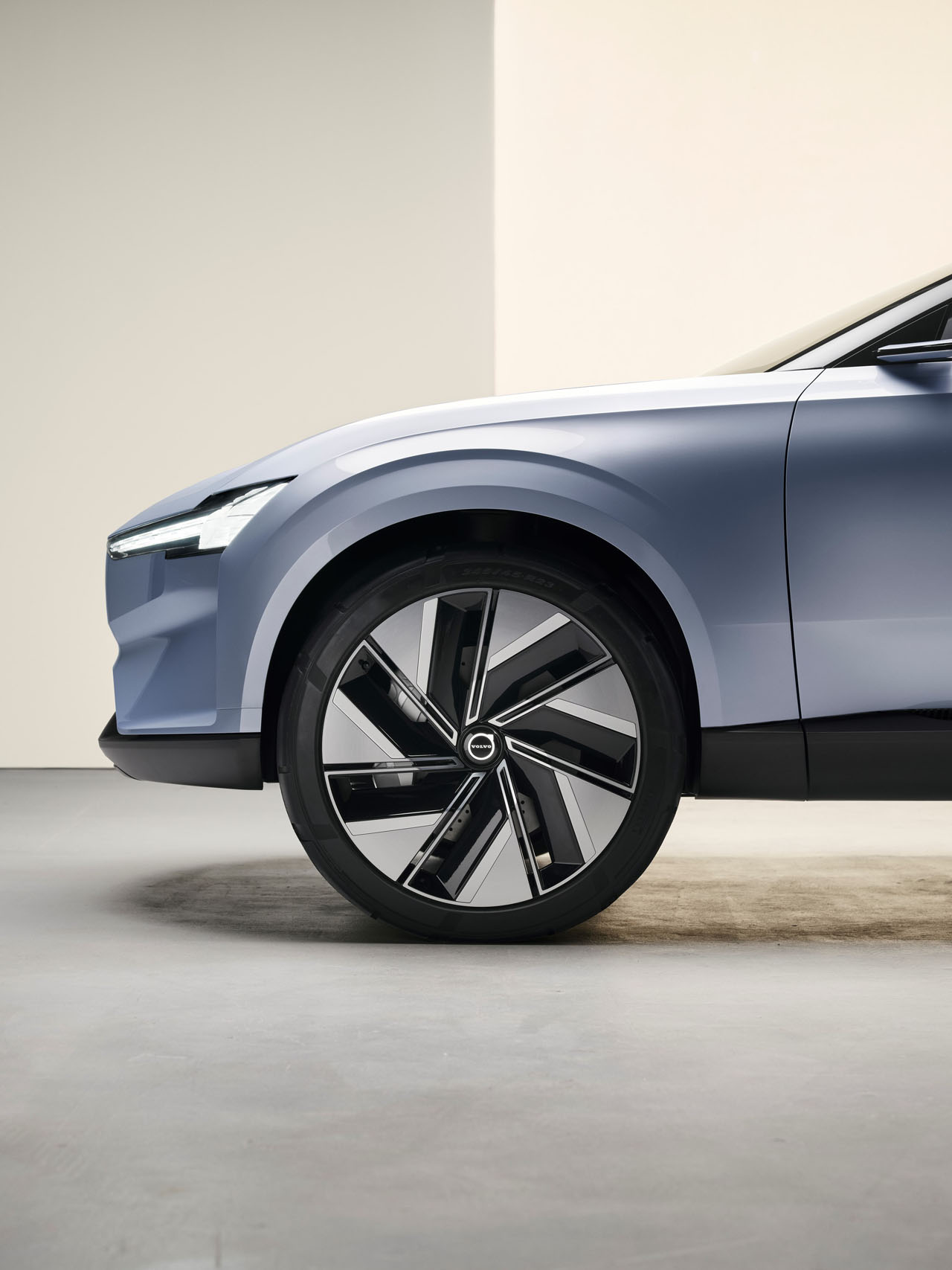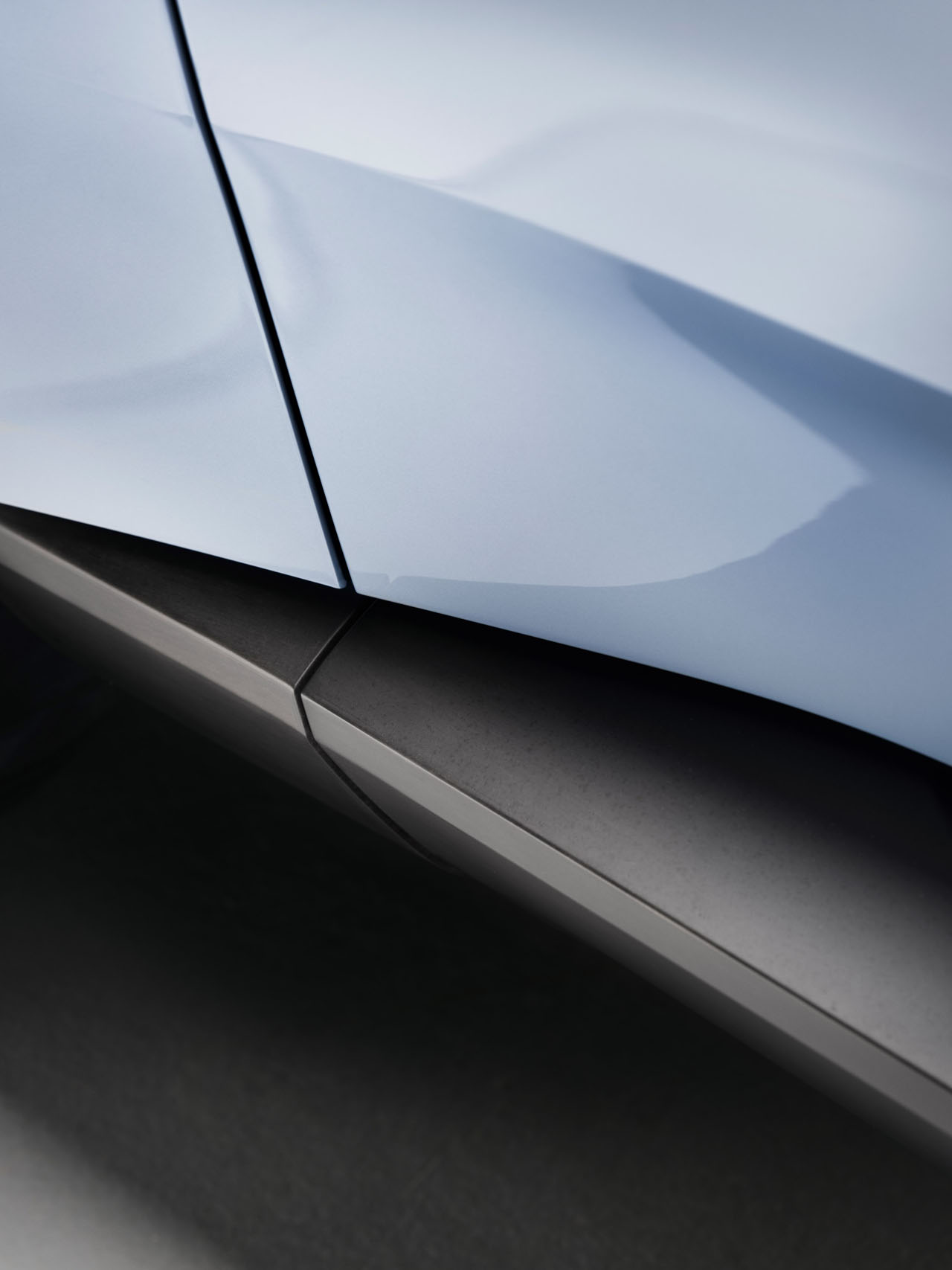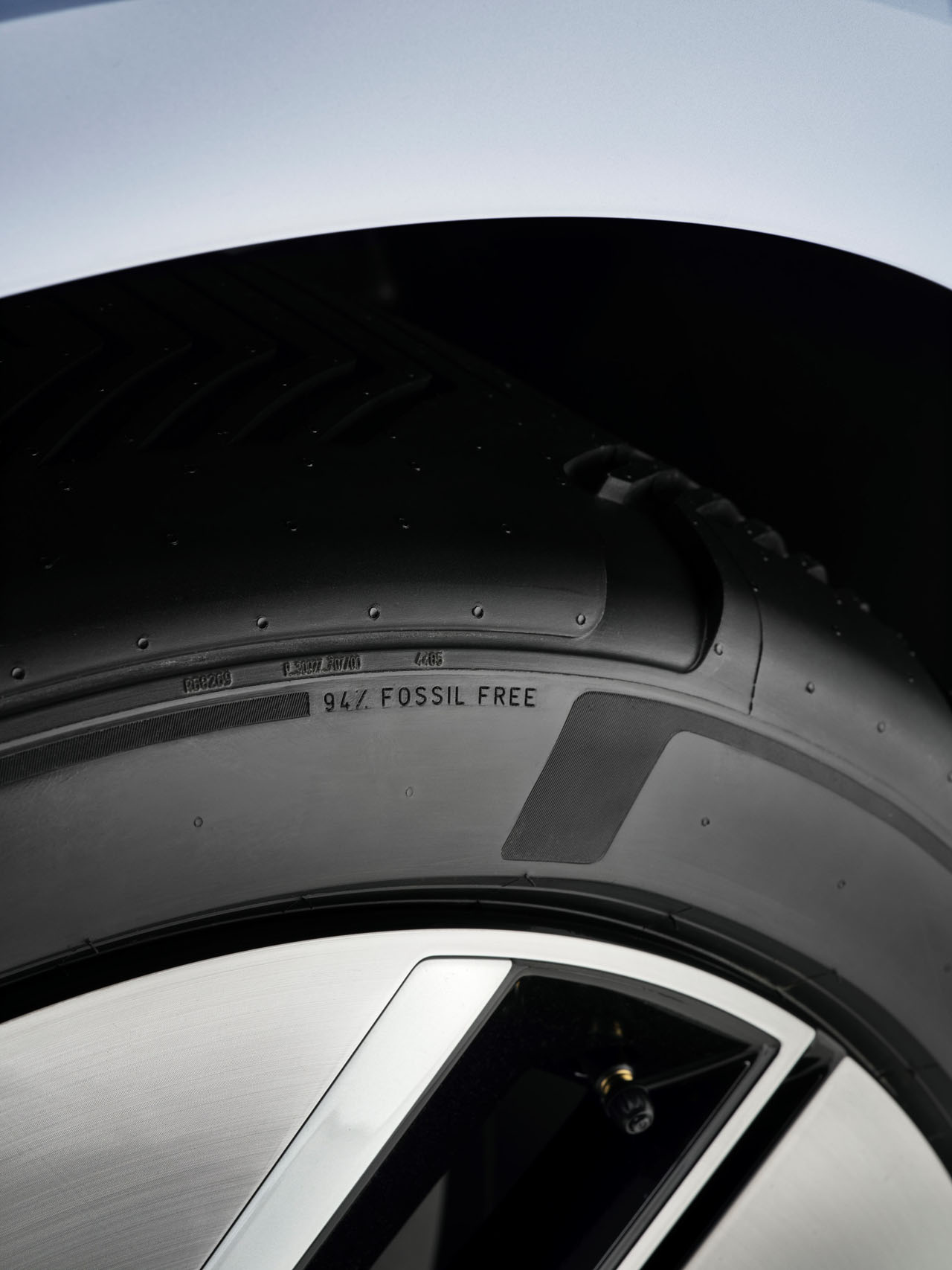Volvo Concept Recharge Shows Off The Future Of Sustainable Cars
Volvo has revealed a new concept car called the Concept Recharge. The automaker says the vehicle is more than a showcase for its future design language and product strategy. It says the car is a manifesto for its future as a company. Volvo is showing steps that can be taken to develop an electric car to reduce the overall carbon footprint of the vehicle.
Currently, Volvo plans to only offer electric cars by 2030 and to be climate neutral by 2040. Concept Recharge was built using sustainable materials inside and out, including tires built from recycled and renewable materials. The vehicle also focuses on improved aerodynamics, which an electric vehicle can mean a longer driving range.
Volvo believes that by using a decarbonized supply chain, manufacturing processes, and other techniques, it can reduce the lifecycle CO2 impact of the vehicle by 80 percent compared to its 2018 Volvo XC60. Importantly, the automaker believes it can reduce CO2 emissions without giving up the premium quality Volvo is known for. Concept Recharge will have an overall lifecycle CO2 impact below 10 tons, with the caveat being it has to be charged with 100 percent renewable energy to achieve that.
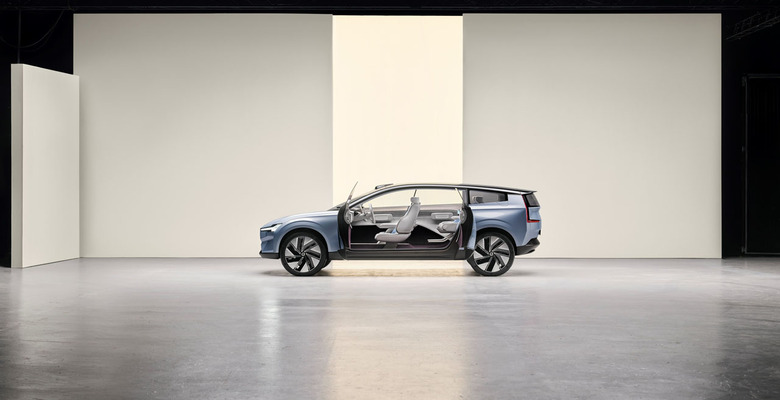
In some areas, renewable energy isn't heavily used and would presumably make its lifecycle CO2 impact higher. Volvo's Owen Reddy says while driving distance is a key aspect of any electric vehicle, you can't simply add more batteries. Ready says the problem is batteries add weight and increase the carbon footprint of the vehicle. Instead of simply adding bigger battery packs, Volvo wants to optimize the vehicle's overall efficiency to improve driving range.
While Volvo uses green construction methods for the concept car, it's also using an interior made with sustainable materials that are natural and recycled. Materials chosen for the interior include responsibly sourced Swedish wool used to make naturally breathable cloth without additives. That material will be used for the seatback, headrests, and top of the instrument panel.
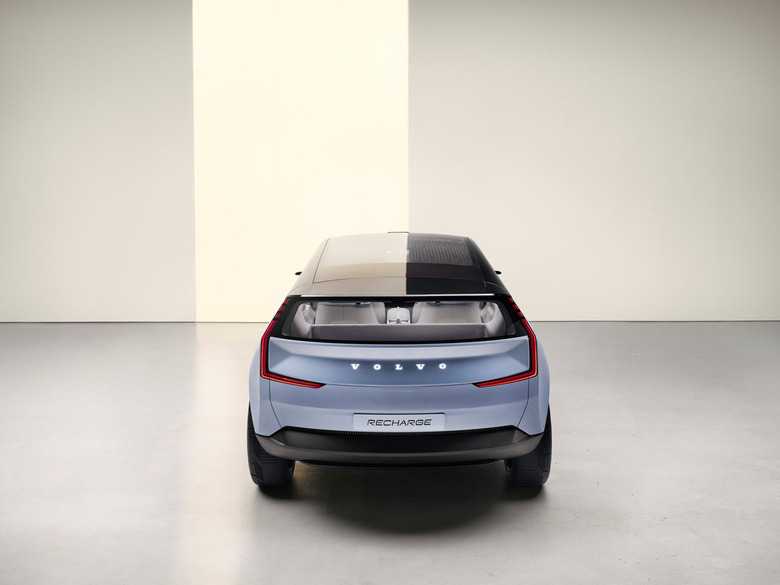
The concept has the floor and lower doors covered with carpet made of 100 percent wool. Seat cushions and surfaces that people touch on the doors are made using an environmentally responsible material Volvo Cars created called Tencel. The seatbacks and headrests, and part of the steering wheel use a Volvo material called Nordico. That material is soft and manufactured using bio-based and recycled ingredients from sustainable forests in Sweden and Finland. It says the material has a 74 percent lower CO2 footprint than leather.
Other car components are made using a flax composite that Volvo developed in collaboration with its suppliers. The composite is used in the lower storage areas, back of the headrest, and the footrest. The material uses fibers derived from a linseed plant mixed with composites creating a strong but lightweight and attractive natural material. The same flax composite is used on the vehicle's exterior to build the front and rear bumpers and the sill moldings. By using the natural composite material, Volvo reduced the amount of plastic used in the vehicle.
One of the interesting features of the vehicle are the tires, which come from Pirelli. The tires use no mineral oil and are constructed from 94 percent fossil-free materials. They rely on recycled, renewable materials, including natural rubber, bio-silica, rayon, and bio-resin.
While the automaker talks up the green design and aspects of the exterior and interior, the mechanicals are a mystery. We have no idea how powerful the electric motors will be or what sort of driving range the vehicle might offer. There's also no indication that the vehicle will enter production at this time.

